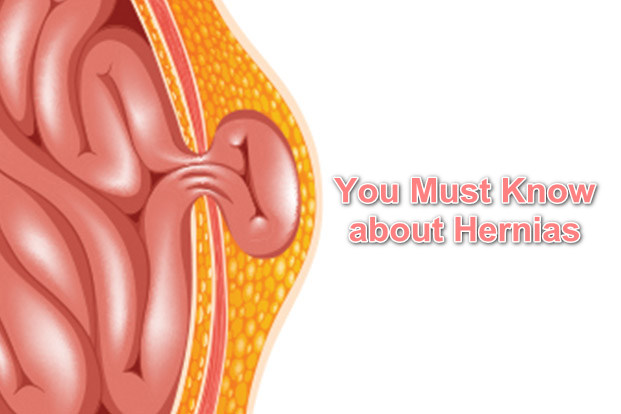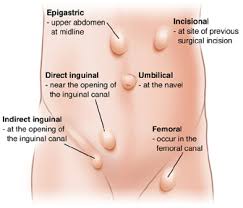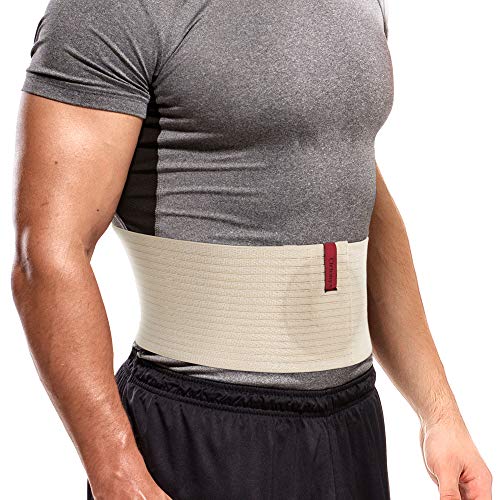Overview:
The liver is part of the digestive system and the largest organ inside the body. Liver helps break down food, store energy, filter waste products, and remove toxins. Even healthy livers contain some fat, but if your liver has more than 5% fat, you may have some form of NAFLD. If that fat is accompanied by inflammation, it is called NASH.
Fatty Liver Disease:
Also known as Alcoholic Fatty Liver Disease, Alcoholic Steatohepatitis, NAFLD, NASH, Nonalcoholic Fatty Liver Disease, Nonalcoholic Steatohepatitis
The body can repair minor liver damage, but if the effects are severe or long-term, scar tissue eventually replaces liver tissue (a process known as fibrosis). That can lead to cirrhosis—a life-threatening condition in which irreversible damage prevents the liver from working properly.
Risks for fatty liver Disease:
The cause of nonalcoholic fatty liver disease (NAFLD) is unknown. Researchers do know that it is more common in people who:
- Have type 2 diabetes and prediabetes
- Have obesity
- Are middle aged or older (although children can also get it)
- Are Hispanic, followed by non-Hispanic whites. It is less common in African Americans.
- Have high levels of fats in the blood, such as cholesterol and triglycerides
- Have high blood pressure
- Take certain drugs, such as corticosteroids and some cancer drugs
- Have certain metabolic disorders, including metabolic syndrome
- Have rapid weight loss
- Have certain infections, such as hepatitis C
- Have been exposed to some toxins
NAFLD/NASH
NAFLD is the most common chronic liver disease. Most people with NAFLD have a fatty liver without inflammation. However, 20% of population with NAFLD develop NASH—liver inflammation that can seriously harm the organ. NASH is most common among people who are obese and/or have Type 2 diabetes. As these conditions become more prevalent, so does NASH.
Causes:
- An immune system reaction to excessive fatty liver tissue
- The release of toxic inflammatory chemicals (cytokines) by liver cells or fat cells
- Self-destruction (apoptosis) of liver cells
- Oxidative stress, the effect of unstable molecules called free radicals
Genetics, metabolic changes, and changes to the microbiome (the microorganisms that are part of a healthy gut) might contribute to NASH.
Symptoms:
Both NAFLD and alcoholic fatty liver disease are usually silent diseases with few or no symptoms. If you do have symptoms, you may feel tired or have discomfort in the upper right side of your abdomen.
Diagnosis:
Since there are often no symptoms, it is not easy to find fatty liver disease. Your doctor may suspect that you have it if you get abnormal results on liver tests that you had for other reasons. To make a diagnosis, your doctor will use:
- Your medical history
- A physical exam
- Various tests, including blood and imaging tests, and sometimes a biopsy.
Treatment:
Doctors recommend weight loss for nonalcoholic fatty liver. Weight loss can reduce fat in the liver, inflammation, and fibrosis. Both alcoholic fatty liver disease and one type of nonalcoholic fatty liver disease (nonalcoholic steatohepatitis) can lead to cirrhosis. Doctors can treat the health problems caused by cirrhosis with medicines, operations, and other medical procedures. If the cirrhosis leads to liver failure, you may need a liver transplant.
The most important part of treating alcohol-related fatty liver disease is to stop drinking alcohol. If you need help doing that, you may want to see a therapist or participate in an alcohol recovery program. There are also medicines that can help, either by reducing your cravings or making you feel sick if you drink alcohol.
Prevention:
 Some lifestyle changes that can help with fatty liver disease
Some lifestyle changes that can help with fatty liver disease
Eat a healthy diet, limiting salt and sugar, plus eating lots of fruits, vegetables, and whole grains
Get vaccinations for hepatitis A and B, the flu and pneumococcal disease. If you get hepatitis A or B along with fatty liver, it is more likely to lead to liver failure. People with chronic liver disease are more likely to get infections, so the other two vaccinations are also important.
Get regular exercise, which can help you lose weight and reduce fat in the liver
Talk with your doctor before using dietary supplements, such as vitamins, or any complementary or alternative medicines or medical practices. Some herbal remedies can damage your liver.





